How do BNPL Companies Make Money? Scope of Buy Now Pay Later in India

How do BNPL Companies Make Money? Scope of Buy Now Pay Later in India
When purchasing through an e-commerce website, customers frequently have a variety of alternatives available to them. This might be done through the several debit cards the consumer has, their net-banking accounts, or cash-on-delivery, where they would pay for their things in cash once they received them. They may pay for the next month when they have the money to do so.
Buy Now Pay Later (BNPL) is a new concept that is becoming popular. Let’s say you find a quality cell phone for 10,000 rupees, but you don’t want to buy it because the price is currently beyond of your budget (due to a cash crunch or whatever reasons it may exist). Instead, if you choose the BNPL option, a third-party BNPL firm would pay the e-commerce site 10,000 rupees, and you would then be able to pay the BNPL company the same 10,000 later.
There are many BNPL businesses in India, including Lazypay, ZestMoney, Simpl, MobiKwik, etc. Some businesses already have a BNPL system in place, such as Amazon with Amazon Pay Later and Ola with Ola Money Postpaid.
However, it begs the question: Given the possibility of several instabilities, how do these BNPL enterprises make money in the first place? How does it vary from a regular credit card? What is the market environment like for businesses that provide BNPL services in India?
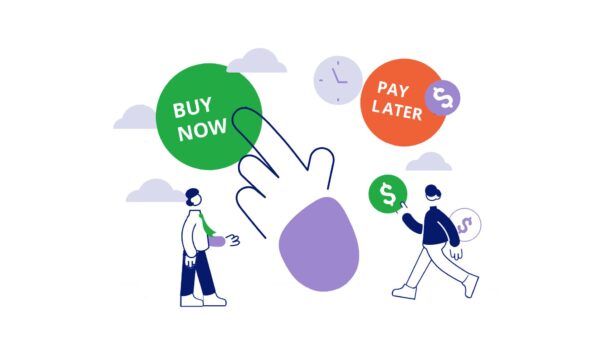
How do BNPL Companies earn revenue?
BNPL companies make money mainly from two avenues:
-
Revenue from Sellers
Vendors must pay a transaction charge like any other
medium at a specific rate because BNPL is an alternative payment option (others include credit & debit cards/wallets/Cash-On-Delivery). The standard credit-card discount rate, which is often approximately 2.9 per cent for online purchases and around 1 per cent less for in-person credit card purchases, is greater than the rate of 2 to 8 per cent.
Therefore, BNPL companies need to position their service offerings so potential clients can see how alluring they are. This will persuade additional vendors to invest in the BNPL service they are providing, increasing customer traffic.
-
Revenue from Customers
Although this is not always the case, most third-party BNPL providers perform light credit checks to prevent lending money to persons with a bad track record of repaying debts. Here is how BNPL allows for customer monetisation:
1) Interest: Depending on the business, this fluctuates.
Depending on the customer’s credit and the length of payback, some services, like Lazypay, levy interest on the “loan” amount ranging from 10 to 30 per cent. In America, other companies like Split don’t charge interest as long as the payments are paid on time.
2) Late fees: A substantial portion of the BNPL organisation’s income comes from these fees (as high as 30 per cent). Late fees are involved when a customer is assessed for failing to pay the required sum on time and being forced to pay later. Imagine borrowing a book from the library and then paying all the fees for not returning it.
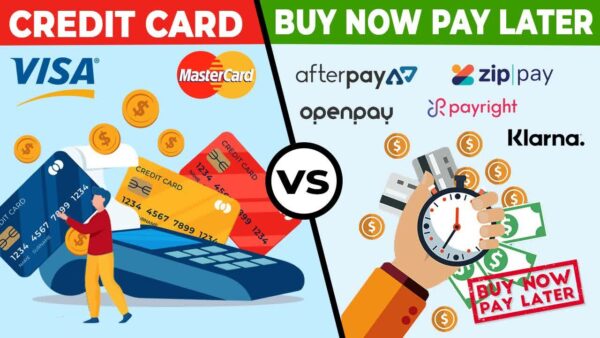
Difference Between Credit Cards and BNPL
Between BNPL businesses and banks that offer credit cards in India, there are primarily three distinctions.
1) Eligibility Criterion- Banks have stricter requirements for eligibility before issuing credit cards (like their CIBIL credit score, whether they are earning above a certain criterion or not).
Companies in the BNPL sector have fewer strict requirements. Many consumer groups, including those who are self-employed and lower-income category parts, benefit from this.
2) Accessibility- We may access the BNPL option through a one-stop authentication process using our UPI ID, unlike credit cards, which need you to fill out numerous online forms while
passing through different layers of authentication. Another thing to note is that, unlike credit cards, which require us to wait two to three weeks after applying, there is no waiting period to use the BNPL option.
3) Interest Rates: Interest rates are only applied when the customer chooses a longer payback period. BNPL companies typically provide an interest rate of about 28 to 30 per cent. In contrast, this is typically much higher than 36–42 per cent yearly for credit cards. There are instances of high-risk borrowers that are served by BNPL firms that charge interest rates akin to those on credit cards.

Scope of BNPL in India
Contrary to other industrialised countries, BNPL in India is still in its infancy as of right now. However, it has been widely rumoured that it might catch on in the future.
According to Redseer, a market research company, the BNPL market in India will grow from its current meagre size of 3-3.5 billion dollars to 45-50 billion dollars by 2026. The research company also forecasts that from the 10-15 million users it currently has, there might be 80-100 million BNPL subscribers in the nation by that time.
Only 60 to 70 million Indians currently have access to credit, which translates to a 93 per cent credit availability rate, according to Upasana Taku, co-founder of MobiKwik. BNPL firms can thus take advantage of numerous opportunities in the Indian market, where millions of consumers have limited access to formal credit. The COVID-19 pandemic has further compounded the limited access to formal credit.
These things may be seen in the fact that BNPL transactions account for around one-fifth of MobiKwik’s revenue and that there has been a 45x increase in BNPL transactions for MobiKwik. Other BNPL companies have also been exhibiting comparable tendencies.
The main barrier at the moment is that BNPL enterprises can only issue a maximum credit of 100,000 rupees, in contrast to those gigantic banks that offer credit cards (roughly equal to 1310.17 dollars).
However, this can be solved if BNPL enterprises have a widespread presence throughout India, particularly in tier-2 cities and rural areas.
Top BNPL companies in India
Here’s a look at the major BNPL players in the Indian market.
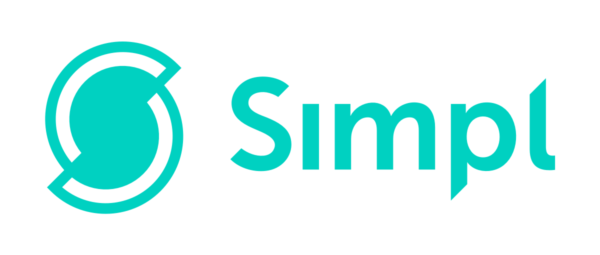
1. Simpl
Simpl, which was founded in 2015, has become a significant competitor in India’s BNPL market. The startup’s mobile-first
technology allows consumers to pay for online items with a single tap and delivers rapid account approval. The Simpl account serves as a central repository for all online expenditures, and a 15-day balance clearance is required. Although the company doesn’t charge interest, payment defaults may result in fines.
Simple claims to have over 7 million users and partnerships with over 4,500 retailers in India. IA Ventures and Green Visor Capital are just two of the investors who have given the firm approximately US$26 million to date. The company saw a 50 per cent increase in important daily transactions last year compared to pre-Covid levels through online orders. Additionally, the average ticket size increased by 1.5X in 2020.

2. ZestMoney
One of India’s fastest-growing fintech companies, ZestMoney was founded in 2016. Due to the company’s distinctive offering, customers can order online and pay in convenient instalments later. The startup’s platform gives consumers who cannot obtain loans for consumer purchases through conventional channels access to finance through mobile technology, digital banking, and artificial intelligence (AI).
But because of its affiliations with online retailers, ZestMoney stands out from other consumer loan platforms. For instance, ZestMoney can be used to cover expensive expenditures that are generally not covered by conventional lending platforms, such as furniture or plane tickets.
Additionally, ZestMoney provides interest-free instalment plans with a few retailers for terms up to six months. To date, ZestMoney has raised more than US$68 million.
Among its backers are Goldman Sachs, Omidyar Network, Naspers, and Coinbase.
According to ZestMoney, edtech transaction average ticket sizes increased by 50% in 2020 compared to 2019, personal loan average ticket sizes increased by 30%, and e-commerce transaction average ticket sizes increased by 15%. More than 6 million people have enrolled on the platform.

3. LazyPay
Offerings from Simpl and ZestMoney are combined in LazyPay. Users can shop online with a single tap, pay their bills every 15 days, or have their bills converted to equal monthly payments (EMIs).
Additionally, the startup offers credit choices up to about US$1300 (INR 100,000). More than 250 websites in India accept LazyPay. The software provides little documentation and paperless credit disbursal.
PayU Finance, a subsidiary of parent business PayU, a provider of digital payments owned by Naspers, manages the LazyPay brand. By the end of 2020, there were 2 million active users of LazyPay. Additionally, the platform has distributed over US$67 million in credit and handled over 10 million transactions.

4. Flexmoney
Flexmoney runs InstaCred, an instant credit platform with a significant presence in the Indian BNPL industry. Banks and other lenders can offer financing alternatives with their own brands on various internet platforms, thanks to InstaCred. The portal also provides flexible payment methods like LazyPay, which lets users select between full purchase and EMIs.The startup, unlike LazyPay, does not provide funding out of its own pocket.
Linking lenders with online retailers makes it possible for them to reach a larger audience and penetrate the BNPL market. According to Flexmoney, it has business relationships with more than 3,800 retailers in India. With six major lenders, it has agreements in place to give more than 25 million pre-approved “cardless” EMI credit lines. Since being incorporated in 2015, the company has received capital totalling US$ 6.5 million.

5. ePayLater
ePayLater was founded in 2015 and provided simple online
platform checkouts. Customers can access a two-week, US$ 268 (INR 20,000) interest-free credit limit. The company claims to have paid out over US$ 89.8 million (INR 6.7 billion) since 2017 in the retail segment for food and consumables only. The startup is currently trying to get into the loan market for B2B and small and medium-sized businesses (SMEs).

6. Paytm Postpaid
With its Postpaid product, global payments leader Paytm entered the BNPL market in India in 2019. Paytm’s Postpaid service users can shop online and pay off their balance the following month. Every month, bills are generated on the first and can be paid through the seventh. Comparatively, longer-term lending terms are being offered here than by other Indian BNPL players.
Customers have access to credit worth up to about US$ 1,300 (approximately INR 100,000), and more than 500,000 online and offline stores and websites accept the payment method. Paytm levies a convenience fee of 0% to 3% of net monthly spending, in contrast to other BNPL providers.
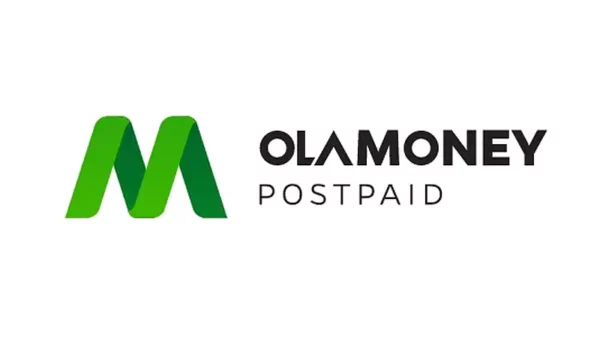
7. OlaMoney Postpaid
Ola, the Indian version of Uber, debuted its BNPL product with “OlaMoney Postpaid” in 2018. Ola’s BNPL product offers standard features like interest-free financing with a 15-day repayment period. Over 300 different applications and Ola cab rides can both be paid for using this type of payment. Ola advertises hassle-free payments with no additional fees.

8. Amazon Pay Later
Amazon, a global leader in online shopping, introduced its Pay Later option in 2020 to capitalise on the increased need for consumer finance during the epidemic. Customers can utilise Amazon Pay Later to buy various consumer goods on the desktop and mobile platforms of Amazon India. Customers can currently only enrol in Amazon Pay Later using the smartphone application, though. Users can use interest-free credit and pay it back in full within 15 days or in interest-bearing instalments over the course of three to twelve months.
Since its launch, Amazon Pay Later has reportedly processed over 10 million transactions with a 99.9 per cent payment success rate. Customers can instantly receive credit from Amazon Pay Later for up to US$1,300 (INR20,000), which can be increased by updating know-your-customer information.
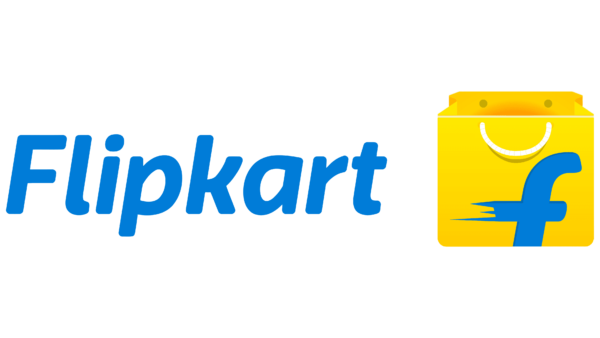
9. Flipkart Pay Later
Amazon’s rival and Walmart-owned e-commerce behemoth Flipkart also introduced a comparable BNPL option last year. The payment type allows for up to a 35-day repayment period. Another distinctive feature of Flipkart Pay Later is the possibility to pay bills in part. Customers have until the tenth of the month to pay a minimum due amount, which includes a convenience fee. Users can continue using the payment option without incurring fees or having their accounts suspended if the remaining balance is paid in full within the subsequent billing period.

10. Capital Float
A well-known BNPL player in India and one of the partners powering Amazon’s Pay Later service, Capital Float was established in 2013.
Customers can get quick credit using Capital Float’s BNPL option, commonly known as Walnut 369. They can choose to pay it back in whole or in EMIs. The business also offers people digital credit for personal and professional use.
Over 2 million people use Capital Float, which has financed over 7.5 million transactions.
Conclusion
We now know how BNPL companies generate their revenue in India, how they differ from banks that issue credit cards, and what their potential is for growth in our nation. This appeals greatly to Gen-Z and millennials in our country, where many individuals are moving from the lower-income group to the middle-class group. The economy grows when more individuals have access to credit and spend more money on various commodities.




